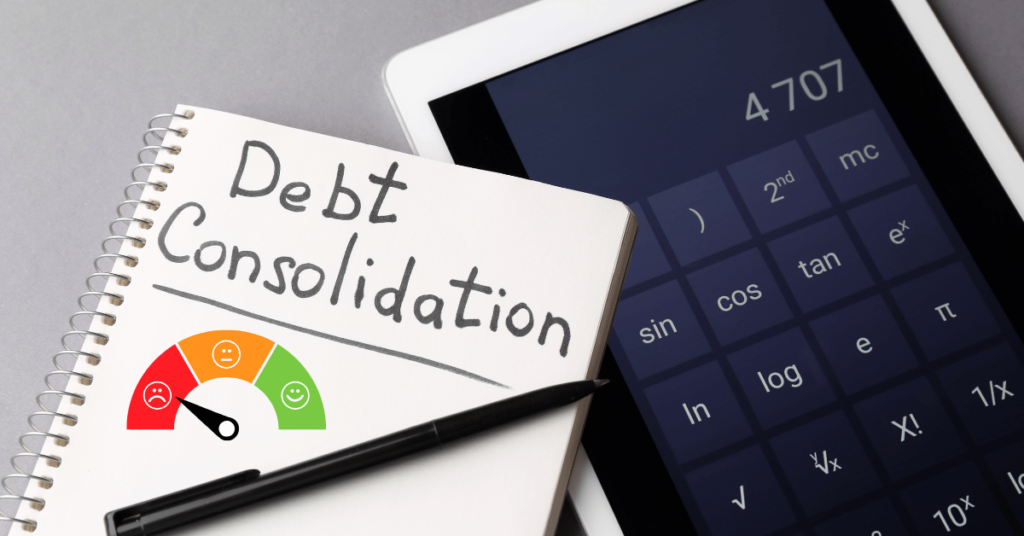Filing for bankruptcy can be a challenging and stressful process, often leading individuals to seek financial solutions that can help them regain control of their finances. One option that may be available to those who have filed for bankruptcy is a bankruptcy loan. This guide will explore what bankruptcy loans are, how they work, and how you can effectively use them to improve your financial situation.
What Are Bankruptcy Loans?
Bankruptcy loans are personal loans designed specifically for individuals who have recently filed for bankruptcy or have a poor credit history due to financial difficulties. These loans can help borrowers rebuild their credit, cover essential expenses, or consolidate existing debts.
Types of Bankruptcy Loans
- Secured Loans: These loans require collateral, such as a vehicle or savings account. Because they are backed by assets, secured loans may have lower interest rates but carry the risk of losing the collateral if payments are missed.
- Unsecured Loans: Unsecured loans do not require collateral but typically have higher interest rates due to the increased risk for lenders. Borrowers with a bankruptcy on their record may find it challenging to qualify for these loans.
- Peer-to-Peer Loans: Some online platforms connect borrowers with individual lenders willing to fund loans. These loans can be more accessible for those with bad credit but may come with higher fees or interest rates.
How Bankruptcy Loans Work
Bankruptcy loans function similarly to traditional personal loans, but they cater to individuals with a less-than-perfect credit history. Here’s how the process typically works:
1. Assess Your Financial Situation
Before applying for a bankruptcy loan, assess your financial situation. Determine how much money you need and what you plan to use the loan for. This could include covering essential expenses, consolidating debts, or rebuilding your credit.
2. Research Lenders
Not all lenders offer bankruptcy loans, so it’s essential to research various options. Look for lenders that specialize in loans for individuals with bad credit or bankruptcy. Compare interest rates, loan terms, fees, and repayment options.
3. Prepare Your Application
When applying for a bankruptcy loan, lenders will likely ask for the following information:
- Proof of income (e.g., pay stubs, tax returns)
- Employment details
- Details of your bankruptcy (including the filing date and type)
- A list of your debts and monthly expenses
4. Apply for the Loan
Complete the application process with your chosen lender. Ensure all information is accurate and complete to increase your chances of approval. Some lenders may offer a pre-approval option that won’t impact your credit score.
5. Use the Funds Wisely
If approved, use the loan funds wisely. Focus on paying off high-interest debts, covering necessary expenses, or making investments that can help improve your financial situation. Avoid using the loan for non-essential purchases.
Benefits of Bankruptcy Loans
1. Rebuild Your Credit
One of the main advantages of bankruptcy loans is the opportunity to rebuild your credit. Making timely payments can positively impact your credit score over time, helping you qualify for better financing options in the future.
2. Access to Funds
Bankruptcy loans can provide quick access to funds when you need them most. This can be particularly helpful for covering essential expenses or managing cash flow during difficult times.
3. Debt Consolidation
Using a bankruptcy loan to consolidate high-interest debts can simplify your financial obligations and potentially save you money on interest payments.
4. Financial Stability
By securing a bankruptcy loan and managing your finances responsibly, you can work towards achieving greater financial stability and independence.
Risks of Bankruptcy Loans
1. High-Interest Rates
Bankruptcy loans often come with higher interest rates than traditional loans. This is due to the increased risk associated with lending to individuals with a bankruptcy history.
2. Fees and Costs
Some lenders may charge fees for processing the loan or may have hidden costs that can increase the overall expense of borrowing. Be sure to read the loan agreement carefully.
3. Risk of Further Debt
If not managed properly, taking out a bankruptcy loan can lead to further financial strain. It’s crucial to have a plan in place for repayment and to avoid accumulating more debt.
4. Potential for Scams
Individuals with poor credit are often targeted by predatory lenders. Always research lenders thoroughly and look for reputable institutions to avoid scams.
Conclusion
Bankruptcy loans can serve as a valuable financial tool for individuals seeking to regain control of their finances after a bankruptcy filing. While they can offer benefits such as credit rebuilding and access to funds, borrowers should carefully consider the associated risks and costs. Always conduct thorough research, compare options, and create a solid repayment plan to ensure you are making a sound financial decision.
If you have any questions feel free to comment down below. We are always here to guide you!
FAQs
1. What are bankruptcy loans?
Bankruptcy loans are personal loans designed for individuals who have filed for bankruptcy or have poor credit, allowing them to access funds to cover expenses or rebuild credit.
2. How can I qualify for a bankruptcy loan?
Qualifying for a bankruptcy loan typically involves demonstrating a source of income, providing details about your bankruptcy, and submitting a list of your debts and expenses.
3. Are bankruptcy loans secured or unsecured?
Bankruptcy loans can be both secured and unsecured, with secured loans requiring collateral and typically offering lower interest rates.
4. Can bankruptcy loans help improve my credit score?
Yes, making timely payments on a bankruptcy loan can help rebuild your credit score over time and improve your chances of securing better financing in the future.
5. What should I avoid when considering a bankruptcy loan?
Avoid predatory lenders, high-interest loans, and accumulating additional debt. Always read the loan agreement carefully and ensure you have a solid repayment plan in place.




